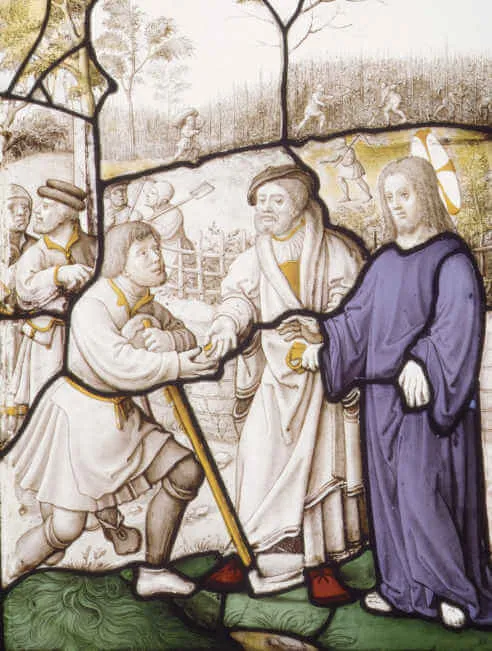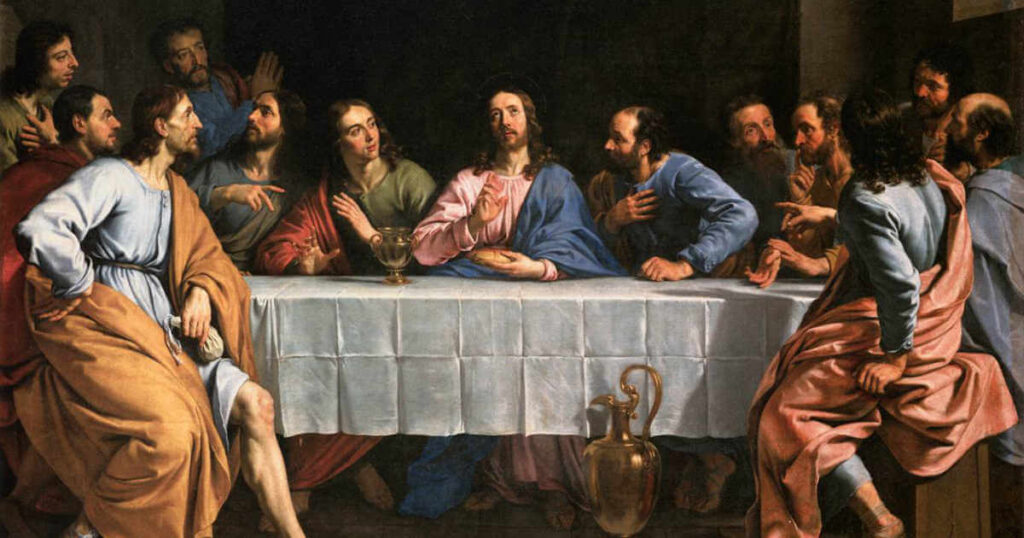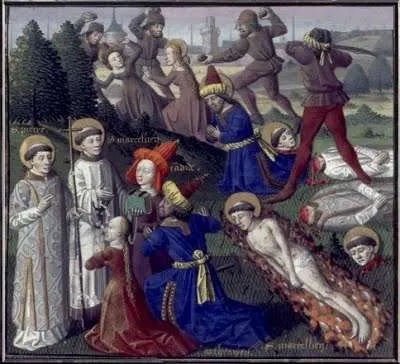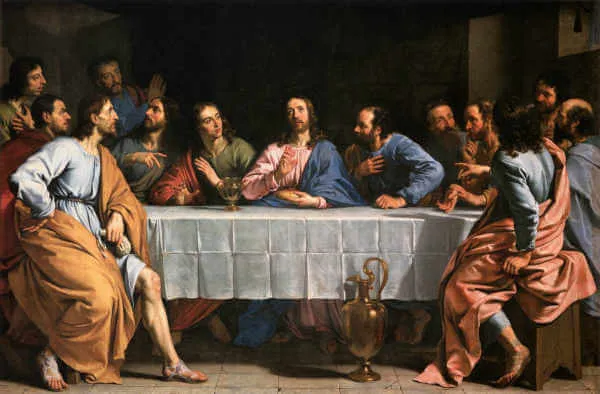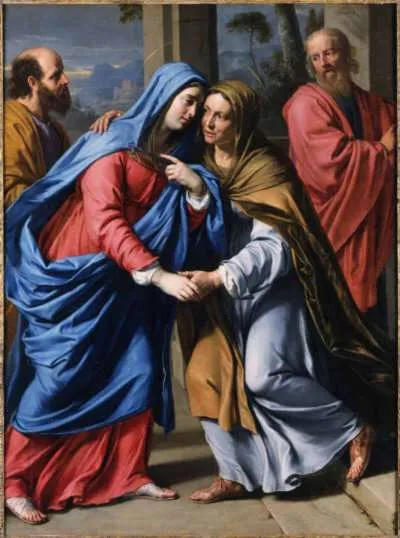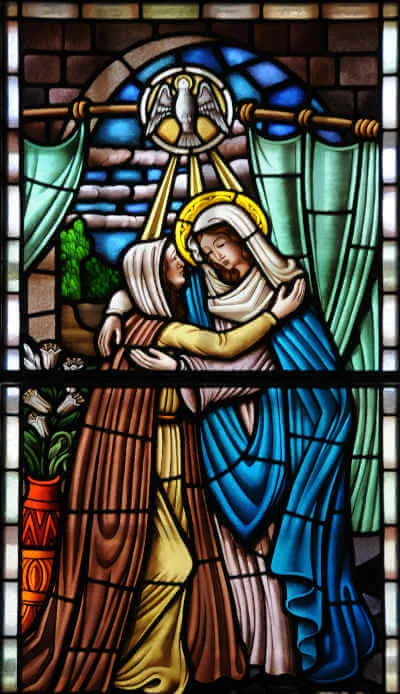Saint Charles Lwanga and Companions, Martyrs
1860–1886; Patron Saints of African youth, converts, and torture victims; Canonized by Pope Paul VI on October 18, 1964
Every year, millions of pilgrims from Kenya, Tanzania, Rwanda, Uganda, Nigeria, and other African nations gather at the Namugongo Martyrs’ Shrine in Uganda for what has become one of the largest annual gatherings of Catholics in the world. The celebration is held at the site of the martyrdom of Saint Charles Lwanga and his twenty-one young companions on June 3 each year, the day that most of the boys were killed.
In 1879, the White Fathers, a French Roman Catholic society of apostolic life founded in 1868, arrived at the court of King Mutesa I of Buganda, modern-day Uganda, and received permission to establish a mission to teach the Catholic faith. At that time, Catholics, Protestants, and Muslims were all seeking converts in the Kingdom of Buganda. This was not popular among the native pagan priests. However, King Mutesa, who had eighty-seven wives and ninety-eight children, was tolerant of all three faiths. When King Mutesa died in 1884, one of his sons from his tenth wife, Mwanga II, took up the throne at the age of sixteen. Though initially tolerant, Mwanga eventually became convinced that the Christians were a threat to his throne and his sexually perverted way of life.
It was common practice for the kings of Buganda to have many young boys in their court, known as “pages,” to carry out the daily duties of the king’s household. Among the expectations that King Mwanga had of these young boys, some as young as thirteen, was consent to his sexual advances. When some of the boys refused to consent on the grounds that they were Christian and the king’s requests were immoral, the king became infuriated and feared that Christians would overtake his kingdom and become a threat to his throne.
On October 29, 1885, Anglican bishop James Harrington and some of his companions were murdered by King Mwanga after being accused of plotting against the kingdom. After their martyrdom, twenty-five-year-old Joseph Mukasa Balikuddembe, the head of the king’s household, rebuked the king for his actions. Joseph was a Catholic catechist responsible for teaching many of the boys in the king’s court the Catholic faith. On November 5, 1885, the king beheaded Joseph and had his Catholic followers arrested. He then appointed the catechumen Charles Lwanga as head of his household. Charles knew he might be next, so he sought and received baptism by the White Fathers that same day, along with many of the boys he had been catechizing.
On May 25, 1886, King Mwanga murdered two more Christian members of his court. Catechist Charles Lwanga, fearing for the eternal salvation of the boys who were still catechumens, baptized the rest of the boys himself. Later that day, the king called all the members of his household together and ordered them all to renounce the Christian faith or face torture and death. Charles courageously professed his faith in Christ, and many of the boys did so with him. The outraged king ordered their execution to take place at Namugongo, the traditional site for public executions.
Namugongo was a two-day journey on foot. As the boys traveled under the cruel direction of the executioners, many of them were beaten as they walked, bound together with ropes. Three boys were killed along the way, one being slain by his own father for refusing to renounce the faith. After reaching the site of execution on May 27, the boys waited seven days as the preparations were made. During that time, they were starved, beaten, and bound hand and foot, awaiting their death. Charles was cruelly and painfully killed first. His executioners lit only a small fire under his feet so he would suffer longer. It is reported that Charles said to his executioners, “You’re burning me, but it’s like water you’re pouring to wash me. Please repent and become a Christian like me.” As the flames consumed him, just before he died, Charles cried out in imitation of our Lord, “My God! My God!” Soon after, the rest of the boys were tortured and killed in the same manner. They died praying aloud the Lord’s Prayer. In all, twenty-two young men and boys were martyred and later declared saints in the Roman Catholic Church. Additionally, twenty-three Anglicans were martyred with them.
At the time of their martyrdoms, twenty-six-year-old Charles Lwanga and his young companions never could have imagined that one day, at the place of their execution, millions of people would gather every year to honor them and to seek their intercession. King Mwanga initially thought he could stamp out Christianity by killing one Christian. That only inspired others to convert. After Mwanga killed dozens more, the flames that burned them turned into flames of faith that inspired countless others. Uganda and many other African countries are Christian countries today, thanks in large part to the witness of faith given by these young men and boys. Romans 8:28 says, “We know that all things work for good for those who love God, who are called according to his purpose.“ In the case of the Ugandan Martyrs, their deaths worked for the good. Their burning flesh became a sweet odor that covered that pagan nation, drawing many to faith in Christ.
As we honor these heroic young martyrs, call to mind the truth that God can use every evil and suffering you endure for good when you unite them to the sufferings of Christ. Allow these martyrs, and the aftermath of their deaths, to inspire you and to convince you that all things do work for the good when we love God and embrace His holy will.
Source: https://mycatholic.life/saints/saints-of-the-liturgical-year/june-3—saints-charles-lwanga-and-companions-martyrs/
Saint Charles Lwanga and Companions, Martyrs Read More »



